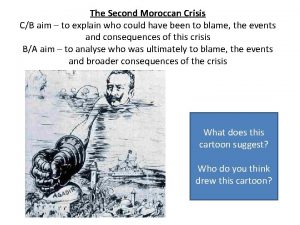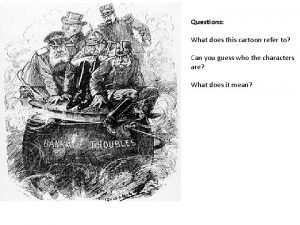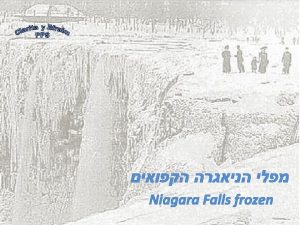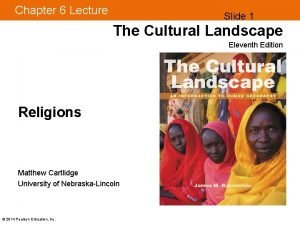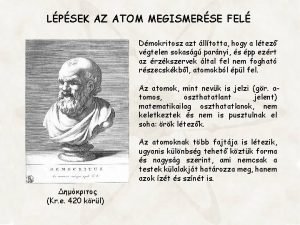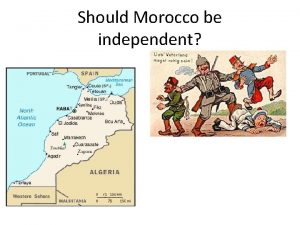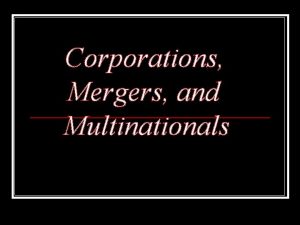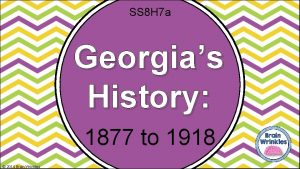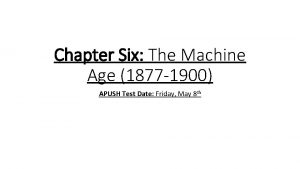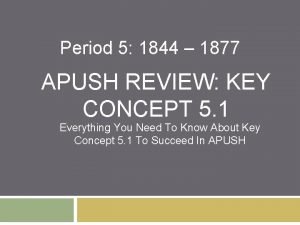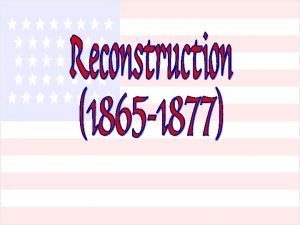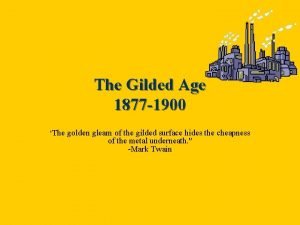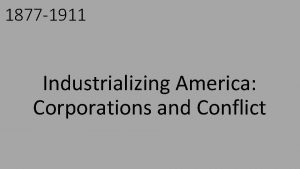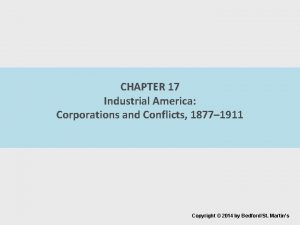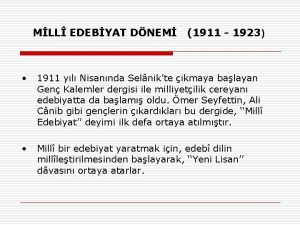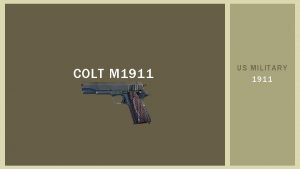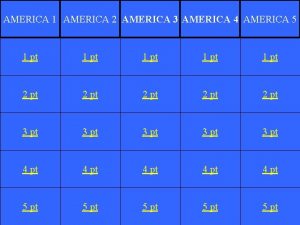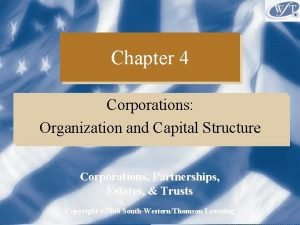1877 1911 Industrializing America Corporations and Conflict John




















- Slides: 20

1877 -1911 Industrializing America: Corporations and Conflict

John D. Rockefeller Standard Oil

Andrew Carnegie Largest steel manufacturer in the world at the time. Sold his company in 1901 for over $400 million dollars

Samuel Gompers Labor Organizer American Federation of Labor Through organization, fought for and won shorter work days and higher wages Supporter of Chinese Exclusion Act

You need to be familiar with: Trusts Labor Unions Vertical/Horizontal Integration Scientific Management Mass Production Immigration in the late 1880’s Knights of Labor American Federation of Labor Haymarket Square/Anarchism Farmer’s Alliance

Haymarket Riot 1886 • Chicago has a huge number of immigrants at this time and is a hotbed for labor union activity (Knights of Labor are a big presence) • Chicago also has a large number of Anarchists (people who advocate for society without a government). Many of the Anarchists were immigrants.

Haymarket Riot • A protest is called by local Anarchist leaders in Haymarket Square to protest the death of 4 strikers killed in clashes with police the previous day. • A crowd of 2000 people gather to listen to several different speakers, the main one being Anarchist Albert Parsons • As the police move in to disperse the crowd, a bomb is thrown into the line of police and a riot ensues


• Albert Parsons • Newspaper editor • Former Confederate Civil War soldier • Labor Activist • Advocate of the 8 hour work day • Socialist and later an Anarchist

Haymarket • The day after the incident, eight prominent Chicago anarchists are arrested and charged with conspiracy to commit murder. Only two of the men were present at the incident • The trial is characterized by hysteria, anti-immigrant sentiment, anti-labor sentiment, and no member of the jury is a member of a labor union • Seven are sentenced to death, four are executed, one commits suicide, the others have their sentences commuted down the road.

• Leaflet circulated throughout working neighborhoods of Chicago after the incident • How does it depict the Anarchists?

Significance of Haymarket • In many places, people became more hostile to labor activists because of the rhetoric of many socialist/anarchists and the violence that often comes with Strikes • But on the labor side, workers become even more united in the fight for the 8 -hour work day. • Knights of Labor membership increases from 20, 000 to 40, 000 members • On the one year anniversary of the Haymarket Riot, marches called “May Day” happen all over the country advocating for the 8 -hour day. • By the 1890’s some industries adopt the 8 -hour day, but it won’t be law for all industries until 1916 (Adamson Act)


Homestead Strike 1892 • Famous steel mill belonging to Carnegie outside Pittsburgh • The workers at Homestead are organized into a Union, and their contract is about to expire. • Carnegie and his right hand man Frick have no intention of signing another contract with the Union. They want each man to negotiate and sign a contract individually. • Carnegie is on holiday in Europe, and leaves Frick in charge • Frick anticipates a strike, and starts fortifying the Homestead Mill with fences and guard towers.


Homestead • Frick locks the doors to the Mill and keeps the Strikers out • In response, the thousands of workers at Homestead form into military style patrols along the river and in town to keep out strikebreakers (like cops and private security guards) and scabs (non union workers) • Frick orders up hundreds of non union workers and a private security force called the Pinkertons to protect them • As the Pinkertons and the non-union labor arrive at the Mill on barges on the river, the strikers will not let them off. • A shot is fired an a major gun battle ensues. All Pinkertons end up trapped in the middle of the river with several dead • The Strikers take over the Mill and destroy a bunch of property


• An armed striker hides behind a piece of steel as he watches the Pinkertons

Impacts of Homestead • A disgruntled striker will actually go into Frick’s office and shoots him twice. Frick survives and the general public is appalled by the violence and seizure of Carnegie's Mill • The incident leaves a negative impression of the strikers and organized labor for many Americans • The Steel Workers Union in Carnegie's Mill’s is incredibly weakened, and almost gone by 1900 • The effect will carry over into other unions

• What does Homestead and Haymarket tell us about American Society in the late 1800’s?
 Second moroccan crisis summary
Second moroccan crisis summary This cartoon is referring to
This cartoon is referring to Modelo atomico de dalton
Modelo atomico de dalton Niagara falls frozen 1911
Niagara falls frozen 1911 Revelation 1911
Revelation 1911 Ireland 1911
Ireland 1911 Ireland 1911
Ireland 1911 1911 1988
1911 1988 Fila heritage 1911
Fila heritage 1911 Mazsolás puding modell
Mazsolás puding modell Moroccan crisis 1911
Moroccan crisis 1911 Corporations mergers and multinationals
Corporations mergers and multinationals Georgia history timeline 1877-1919
Georgia history timeline 1877-1919 Haymarket square riot apush
Haymarket square riot apush Apush period 5 key concepts
Apush period 5 key concepts Compromise of 1877
Compromise of 1877 Gilded age labor strikes
Gilded age labor strikes 1877-1865
1877-1865 Whats the compromise of 1877
Whats the compromise of 1877 1877 golden 1
1877 golden 1 Tanssija 1877-1927
Tanssija 1877-1927
